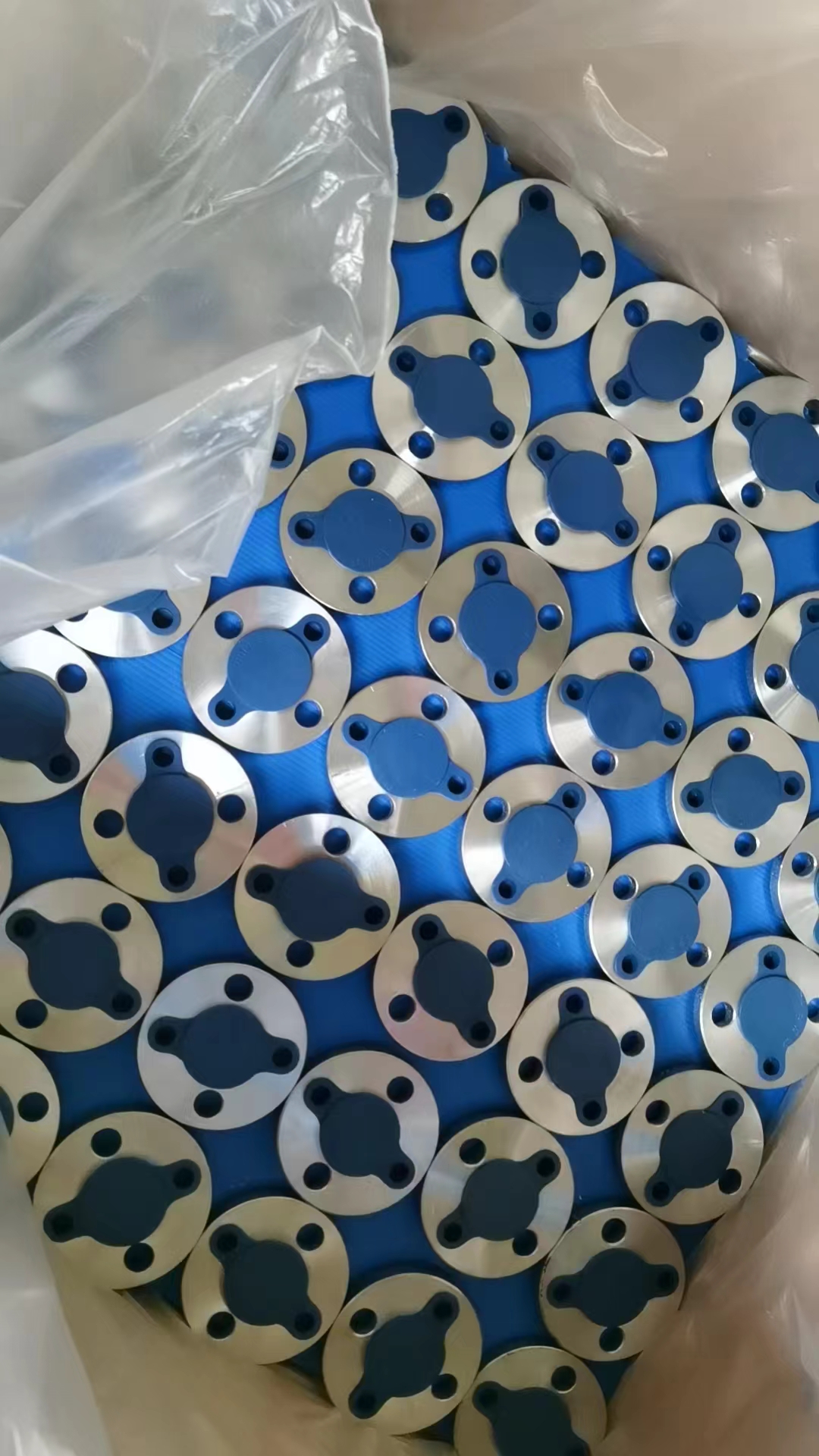-
Cangzhou Yulong Steel Co., Ltd.
-
Phone:
+86 13303177267 -
Email:
admin@ylsteelfittings.com
- English
- Arabic
- Italian
- Spanish
- Portuguese
- German
- kazakh
- Persian
- Greek
- French
- Russian
- Polish
- Thai
- Indonesian
- Vietnamese
- Zulu
- Korean
- Uzbek
- Hindi
- Serbian
- Malay
- Ukrainian
- Gujarati
- Haitian Creole
- hausa
- hawaiian
- Hebrew
- Miao
- Hungarian
- Icelandic
- igbo
- irish
- Japanese
- Javanese
- Kannada
- Khmer
- Rwandese
- Afrikaans
- Albanian
- Amharic
- Armenian
- Azerbaijani
- Basque
- Belarusian
- Bengali
- Bosnian
- Bulgarian
- Catalan
- Cebuano
- China
- China (Taiwan)
- Corsican
- Croatian
- Czech
- Danish
- Esperanto
- Estonian
- Finnish
- Frisian
- Galician
- Georgian
- Kurdish
- Kyrgyz
- Lao
- Latin
- Latvian
- Lithuanian
- Luxembourgish
- Macedonian
- Malgashi
- Malayalam
- Maltese
- Maori
- Marathi
- Mongolian
- Myanmar
- Nepali
- Norwegian
- Norwegian
- Occitan
- Pashto
- Dutch
- Punjabi
- Romanian
- Samoan
- Scottish Gaelic
- Sesotho
- Shona
- Sindhi
- Sinhala
- Slovak
- Slovenian
- Somali
- Sundanese
- Swahili
- Swedish
- Tagalog
- Tajik
- Tamil
- Tatar
- Telugu
- Turkish
- Turkmen
- Urdu
- Uighur
- Welsh
- Bantu
- Yiddish
- Yoruba

Jul . 31, 2024 14:37 Back to list
Understanding the Basics of Welding Techniques and Fitting Methods for Effective Metalworking Results
Welding and Fitting Essential Skills in Modern Manufacturing
In the world of manufacturing and construction, welding and fitting stand out as fundamental skills that are integral to the fabrication of metal structures and components. These processes not only join materials together but also ensure that the integrity and quality of the products meet rigorous standards. In this article, we will explore the significance of welding and fitting, the various techniques involved, and their applications across different industries.
Understanding Welding
Welding is a process that involves the fusion of materials, typically metals or thermoplastics, by applying heat, pressure, or both. There are numerous welding methods, each suited to specific applications, including
1. MIG Welding (Metal Inert Gas) This method uses a continuous solid wire electrode and a shielding gas to protect the weld pool from contamination. It is favored for its speed and versatility in welding thin to medium-thick materials.
2. TIG Welding (Tungsten Inert Gas) TIG welding employs a non-consumable tungsten electrode and is renowned for producing high-quality, precise welds. It is commonly used in applications requiring strong, aesthetically pleasing welds, such as in aerospace and automotive industries.
3. Stick Welding (Shielded Metal Arc Welding) Stick welding is one of the oldest techniques and involves a consumable electrode coated in flux. It is well-suited for outdoor work and environments where wind is a factor.
4. Flux-Cored Arc Welding Similar to MIG, this method uses a tubular wire filled with flux, which provides a shielding gas when heated. It is often used in construction and heavy equipment repair due to its ability to deposit metal quickly.
The Role of Fitting
welding and fitting

Fitting is the process that involves preparing metal pieces for welding. It ensures that the components are aligned correctly and fit together precisely, which is crucial for the strength and stability of the final product. Fitting involves several tasks
- Measuring and Cutting Precision measurement is key in fitting. Fabricators use tools such as calipers, squares, and cutting machines to ensure that pieces are cut to the exact dimensions required.
- Aligning Proper alignment is essential for a successful weld. Fitters use clamps and fixtures to hold the components in the correct position before welding takes place.
- Checking for Gaps A good fit means that there are minimal gaps between the pieces. Fitters often inspect the joints and make adjustments to ensure a tight fit, which helps to avoid weak points in the weld.
Applications of Welding and Fitting
The applications of welding and fitting are vast and varied. In the construction industry, these skills are crucial for building structures such as bridges, skyscrapers, and pipelines. The automotive industry relies heavily on welding for assembling vehicles, ensuring that they are both safe and durable. In the aerospace sector, precision welding is vital for constructing aircraft components that must withstand extreme conditions.
Moreover, the oil and gas industry employs welding and fitting to build infrastructure that is both reliable and capable of handling high-pressure environments. In addition to industrial applications, welding skills are also valuable in artistic endeavors, where metal artists create intricate sculptures and installations.
Conclusion
Welding and fitting are indispensable skills that form the backbone of modern manufacturing and construction. As industries continue to evolve, the demand for skilled welders and fitters remains strong. Continuous training and advancements in techniques and technologies are vital to keep pace with the industry's needs and innovations. By mastering these skills, professionals not only contribute to their respective fields but also play a vital role in shaping the infrastructure and products that define our world.
Latest news
-
ANSI 150P SS304 SO FLANGE
NewsFeb.14,2025
-
ASTM A333GR6 STEEL PIPE
NewsJan.20,2025
-
ANSI B16.5 WELDING NECK FLANGE
NewsJan.15,2026
-
ANSI B16.5 SLIP-ON FLANGE
NewsApr.19,2024
-
SABS 1123 FLANGE
NewsJan.15,2025
-
DIN86044 PLATE FLANGE
NewsApr.19,2024
-
DIN2527 BLIND FLANGE
NewsApr.12,2024
-
JIS B2311 Butt-Welding Fittings LR/SR 45°/90° /180°Seamless/Weld
NewsApr.23,2024











